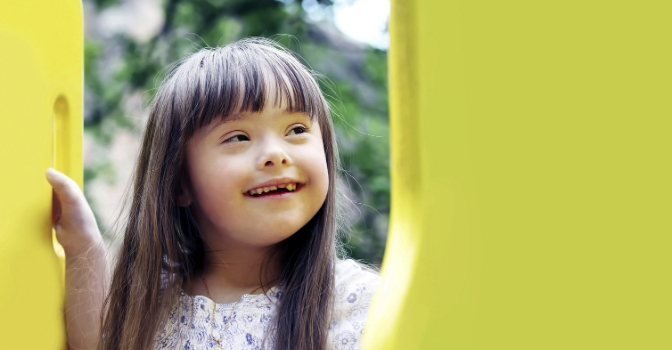Depending on where you live, the possible COVID restrictions in place and your own situation, your child’s therapy program over recent months may have looked a little different to previous years.
The good news in that there are plenty of ways you can work on key skills without it feeling like “therapy” for you or your child.
Thanks to our friends at Source Kids, today we are sharing some tips for therapy in disguise at the local park. Even better…it’s free!
Monkey bars.
Monkey bars provide strengthening of the hands and finger muscles that are used for fine motor skills such as grasping and handwriting. Monkey bars are also great for working on hand-eye coordination, core strength, balance, and developing arm and leg strength.
If your child is unable to fully support themselves, you may be able to hold them for added security.
Ladders and beams.
Ladders and beams provide opportunities for improving balance and coordination. Think of the ladders leading up to slides or balancing on different equipment low to the ground. A chalk version can even be drawn on the ground to incorporate the same movement.
Climbing and heavy work activities stimulate your child’s proprioceptive systems (the body’s ability to sense its own location and movements) whilst working on all the important coordination skills.
Slides.
Slides are a great tool for visual perception skills – that’s the brain’s ability to make sense of what the eyes see.
Have your child practice climbing up the stairs while holding onto the handrails. This activity is fantastic for kids who are still mastering their stair climbing skills.
Swings.
Swings will meet your child’s needs for vestibular stimulation – which is the sense of movement that supports body awareness, coordination, balance and visual skills.
Playing on a swing will provide the child with information about where their body is in space, how quickly they are moving and in what direction.
Climbing frames.
These are ideal for keeping children in constant motion. Not only do they work on gross motor skills, balancing and hand-eye coordination but also planning on where to move next.
Stepping stones.
Some parks have incorporated beautifully crafted stepping stones which are ideal for balancing. If balancing is not appropriate for your child’s needs, try playing a game of toss. Just grab a bean bag or sock full of rice and aim it at the stepping stone – a great alternative that works on hand-eye coordination.
Playing shops.
A fun playground favourite, ‘playing shops’ is a great way to work on communication skills. Someone is the shopkeeper and the other is the customer. Take turns in ordering and being the person behind the ‘counter’. Practice important skills like simple greetings, listening and taking turns.
Tips for playing at the park:
- Customise your play based on the amount of sensory input your child is comfortable with
- Give your child the opportunity to learn about what sensations make them feel good
- Take wipes and clean down equipment first to put your mind at ease and don’t forget the hand sanitiser for after play.
Thanks to our friends at Source Kids for allowing us to share these fun ideas with the Leap in! community. Keep an eye out for our follow up story on therapy at the beach.
Want to learn more?
Get specialist advice from our dedicated team, experienced in helping people of all ages get the most out of their NDIS Plans.
To find out more, call us on 1300 05 78 78, visit our website (online chat available) or email crew@leapin.com.au

